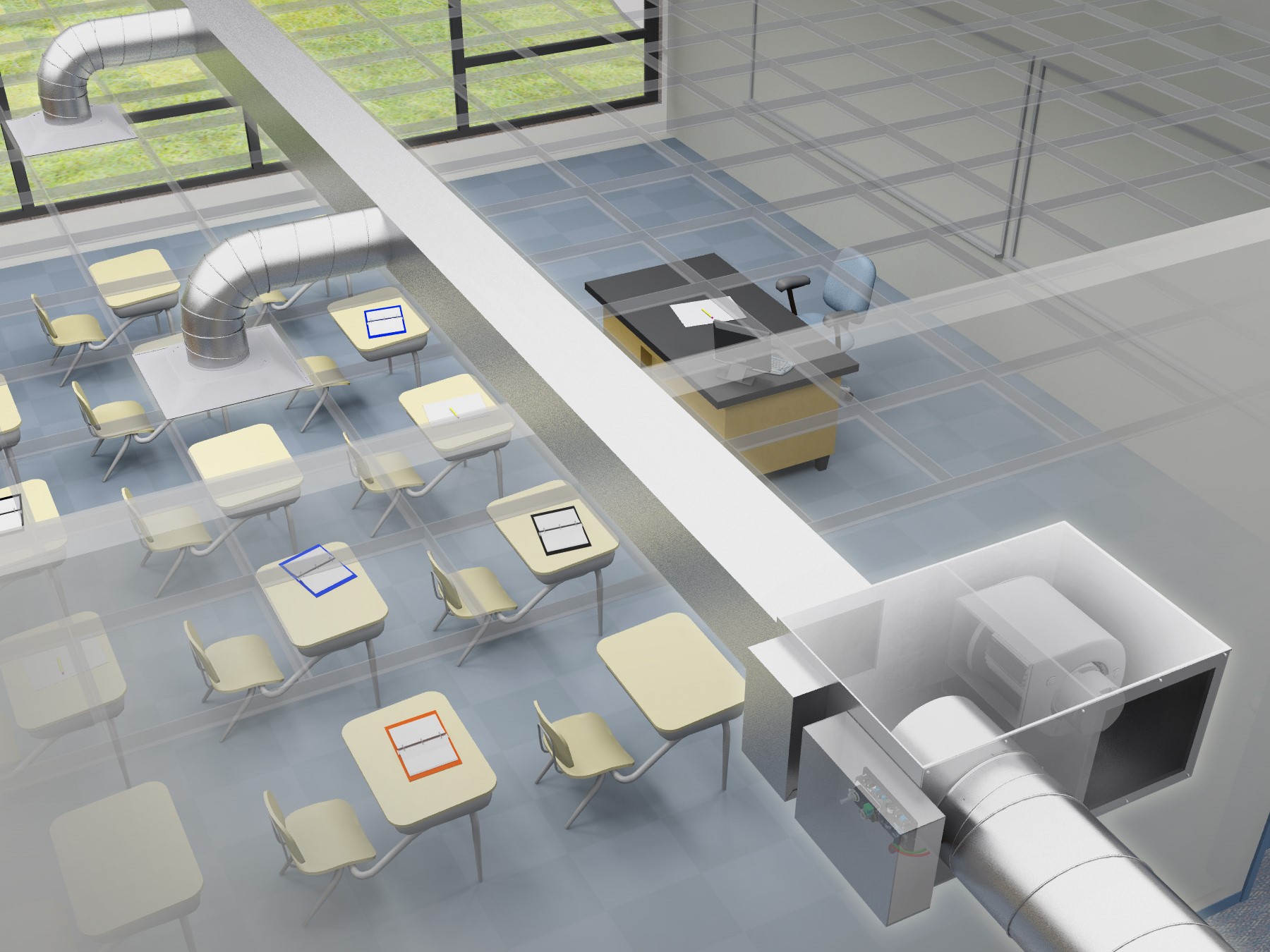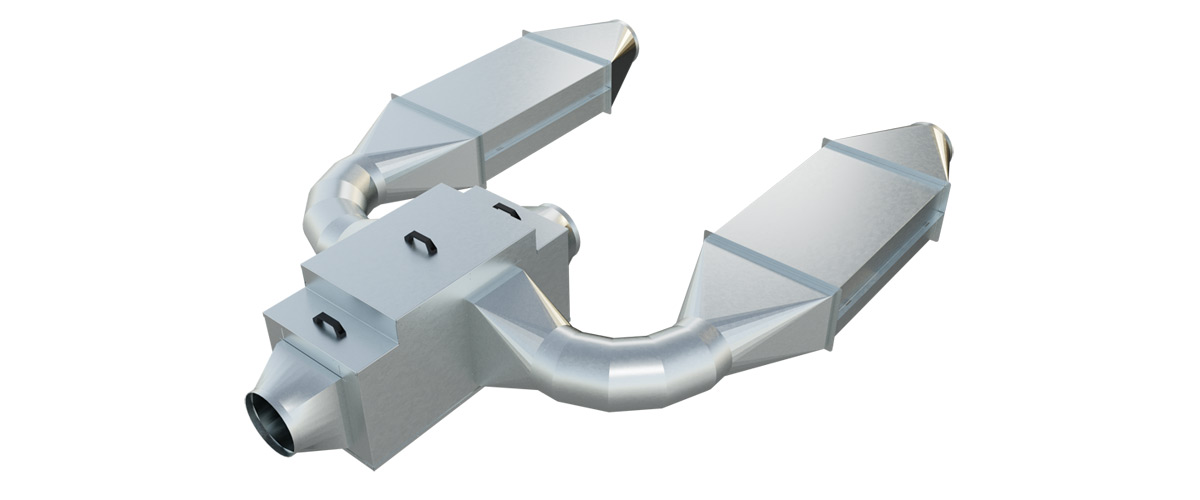A Look at These Standards and How They Impact Terminal Unit Acoustics
Sound-power and sound-pressure levels are used to catalog acoustical performance for terminal units. The sound performance of a terminal unit is crucial when considering the comfort of occupants within a space. For example, some places have an open-ceiling design and are well suited to quiet units to minimize distracting noises.
Read More
Topics:
Acoustics,
Noise Criteria,
Terminals,
HVAC Fundamentals,
HVAC,
Engineering,
Design Engineering
On Education, Community and Finding Your Home
Universities and colleges are so much more than institutions that distribute degrees. They provide an environment for students to meet others who share the same philosophies – and many who refreshingly do not – and bring together great minds that create even greater ideas. For many people, their university becomes a second home: a place where they feel supported, where they can learn unencumbered and where they feel they truly belong.
Read More
Topics:
Employees,
HVAC,
Engineering,
Philanthropy,
Giving
Ultra-Compact Energy Recovery for Anywhere Space Is at a Premium
When SolutionAir launched the RegenCore alternating mass-exchanger energy-recovery unit in 2019, the unit rocked the industry, delivering up to 92% effectiveness and no preheat requirement down to outdoor temperatures of −40°C/F. Its energy-recovery cores and four-damper design maximized energy conservation and minimized leakage, but combining the components meant RegenCore needed to be either mounted on a roof or concrete pad outdoors or installed in large mechanical rooms indoors.
Read More
Topics:
System Efficiency,
Psychrometrics,
HVAC,
Engineering,
Design Engineering
A Look at the Technology Inside Price’s Ceiling Air Purifier
The patent-pending Ceiling Air Purifier (CAP) by Price is the perfect combination of performance, aesthetics and efficiency. Simply replacing a 2-by-2-foot ceiling tile, the CAP is a stand-alone unit that can easily be integrated into a space – without any modifications to the existing HVAC system – and is independent of all building controls. Multiple diffuser faces are available to seamlessly fit in with the design intent of the surrounding area. The unit is discreetly contained above the ceiling for quiet operation at any of the three adjustable motor speeds.
Read More
Topics:
HVAC,
Engineering,
Design Engineering,
Architecture,
Filtration
A Deep Dive into the BACnet Protocol and How It’s Used in HVAC
BACnet stands for building automation and control networks. This data communication protocol is widely used around the world with HVAC, lighting and even security systems within buildings. BACnet is an open-source protocol form of communication that allows BACnet devices to talk with one another on a building network. BACnet was developed by ASHRAE to promote the use of open protocol as opposed to the proprietary protocols that once dominated in the industry.
Read More
Topics:
Controls,
HVAC Fundamentals,
HVAC,
Engineering,
ASHRAE







